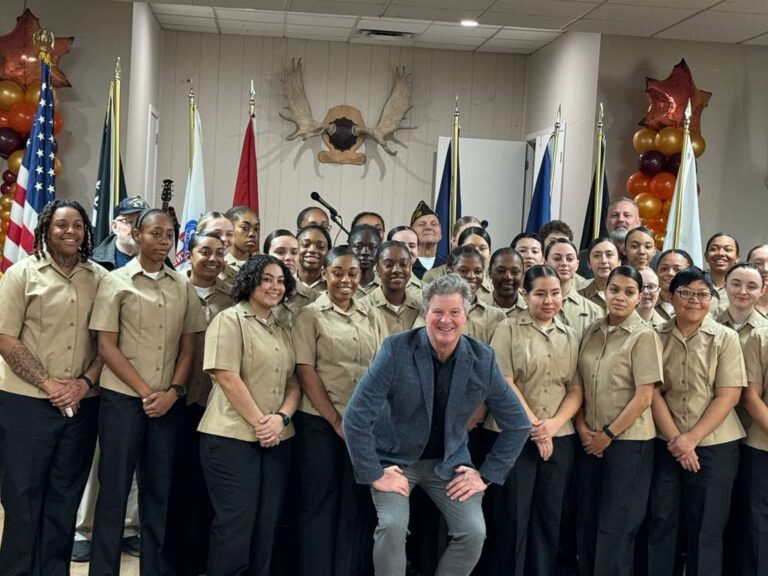I still remember the mnemonic as if it were 1972 and I was sitting in fourth grade science class.
My Very Excellent Mother Just Served Us Nine Pizzas.
The first letter from each word aided countless primary school kids like me in memorizing the nine planets: Mercury, Venus, Earth, Mars, Jupiter, Saturn, Uranus, Neptune and Pluto. Other mnemonics cast mom in a slightly less-favorable light, for example, My Very Elegant Mother Just Sat Upon Nine Porcupines. Still others abandoned mom altogether in favor of young love: Mary’s Violet Eyes Make John Stay Up Nights, Period!
I know today’s youth are incessantly coddled, that everybody’s a winner, that it’s possible to graduate from college while reading at a third-grade level, particularly if you play a major sport at the University of North Carolina. But the formally simple art of memorizing heavenly bodies is about to get incredibly more difficult. True, Pluto was recently stripped of its planet status after scientists questioned its size and location while parents complained it would be much easier for their children to memorize “My Very Elegant Mother Just Served Us Nachos.” But now comes word that NASA, an institution that I often think has way too much time on its hands — “ooh, an asteroid collided with Jupiter? You don’t say!” — recently discovered a few more planets thanks to its five-year-old Kepler mission. Actually, more than a few — 715, to be exact. The universe may burn itself out before a child creates an easy-to-recite mnemonic for our increasingly crowded extraterrestrial world.
These new planets are not part of our solar system; they orbit around stars other than the sun and are thus termed exoplanets. However, at least 20 have been classified “habitable,” meaning their surfaces may be suitable for water, and therefore, life. And that potentially means a brand new galaxy consisting of McDonald’s drive-throughs, used car lots and a casino with a flashing “TRUMP” sign that could easily be seen from Pluto.
So kids, better start memorizing these planet names now, for the possibility exists that your grandkids may be living there. It won’t be easy since their identities are nothing more than a series of numbers and letters, the sequence of which can only be explained by NASA engineers with actual degrees in rocket science. One such planet in the habitable zone is currently called Kepler-296f. Here’s an easy way to remember that one: Kepler is the name of the astronomer that discovered the laws of planetary motion while 2, 9, and 6 add up to 17, the number worn by Boston Celtics’ legend John Havlicek. Boston is near Framingham, which starts with ‘f’. So just think, “Kepler, Havlicek, Framingham.”
Got it?
Once you’re versed in exoplanet identification, be prepared to make a slightly larger galactical model if you want extra credit. When I was nine I marshaled all my mechanical engineering skills — sadly, they’ve improved little in the past 42 years — and built a representation of the NINE planets orbiting around the sun. I painted a large playground ball yellow, purchased nine other balls of various sizes from a local drugstore, and squeezed one of my mother’s hoop earrings around one ball — for Saturn’s rings. Coat hanger pieces of various lengths connected each ball to the “sun.” I proudly displayed the model to my class, informing them that I painted Mercury a fiery orange because it was closest to the sun, Jupiter was on sale for 99 cents at the drugstore and it’s impossible to say “Uranus” without giggling.
An exoplanet model is going to be larger and certainly more costly, even if students confine it to habitable exoplanets. But if that’s what it takes to pass basic astronomy in our ever-expanding universe, so be it. Nobody said it was going to be easy.
Unless you download the app listing all known exoplanets on your iPhone and sneak a peak during tests. It’s available in the iTunes store.
For free.
(c) 2014 GREG SCHWEM. DISTRIBUTED BY TRIBUNE CONTENT AGENCY, LLC




